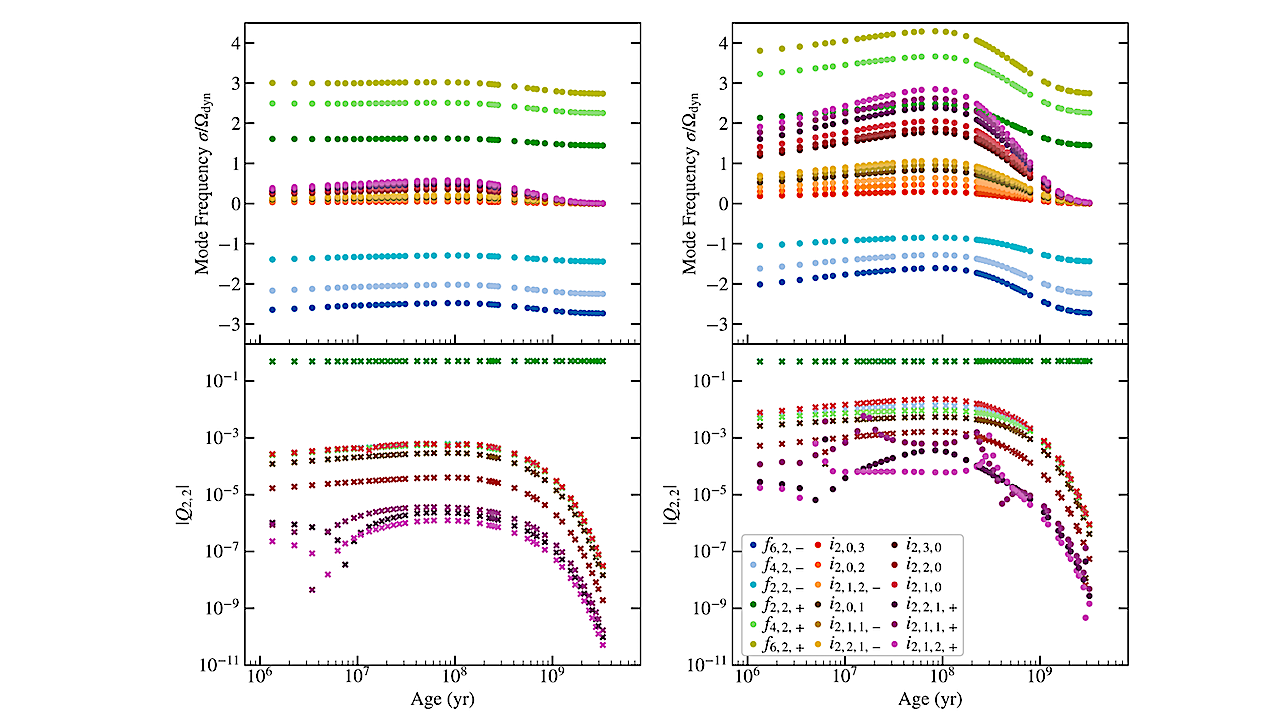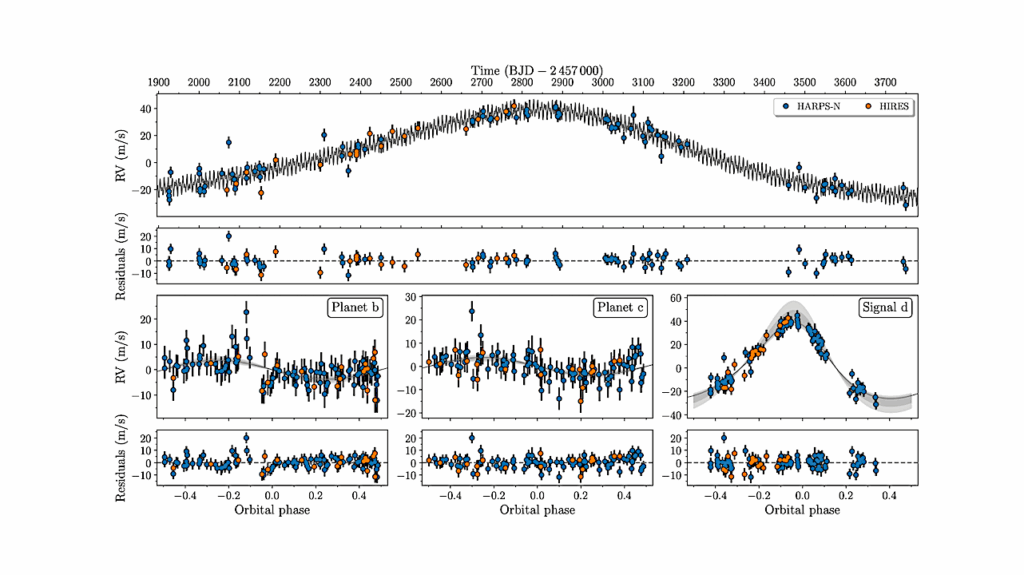Tidal Migration Of Exoplanets Around M-dwarfs: Frequency-dependent Tidal Dissipation

The orbital architectures of short-period exoplanet systems are shaped by tidal dissipation in their host stars.
For low-mass M-dwarfs whose dynamical tidal response comprises a dense spectrum of inertial modes at low frequencies, resolving the frequency dependence of tidal dissipation is crucial to capturing the effect of tides on planetary orbits throughout the evolutionary stages of the host star. We use non-perturbative spectral methods to calculate the normal mode oscillations of a fully-convective M-dwarf modeled using realistic stellar profiles from MESA.
We compute the dissipative tidal response composed of contributions from each mode as well as non-adiabatic coupling between the modes, which we find to be an essential component of the dissipative calculations. Using our results for dissipation, we then compute of the evolution of circular, coplanar planetary orbits under the influence of tides in the host star.
We find that orbital migration driven by resonance locking affects the orbits of Earth-mass planets at orbital periods Porb≲1.5 day and of Jupiter-mass planets at Porb≲2.5 day. Due to resonantly-driven orbital decay and outward migration, we predict a dearth of small planets closer than Porb∼1 day and similarly sparse numbers of more massive planets out to Porb∼3 day.
Samantha C. Wu, Janosz W. Dewberry, Jim Fuller
Comments: Submitted to ApJ
Subjects: Earth and Planetary Astrophysics (astro-ph.EP); Solar and Stellar Astrophysics (astro-ph.SR)
Cite as: arXiv:2310.04588 [astro-ph.EP] (or arXiv:2310.04588v1 [astro-ph.EP] for this version)
Submission history
From: Samantha Wu
[v1] Fri, 6 Oct 2023 21:04:17 UTC (768 KB)
https://arxiv.org/abs/2310.04588
Astrobiology








